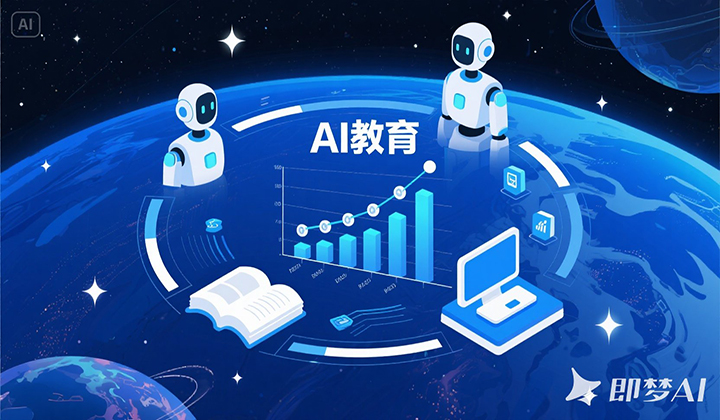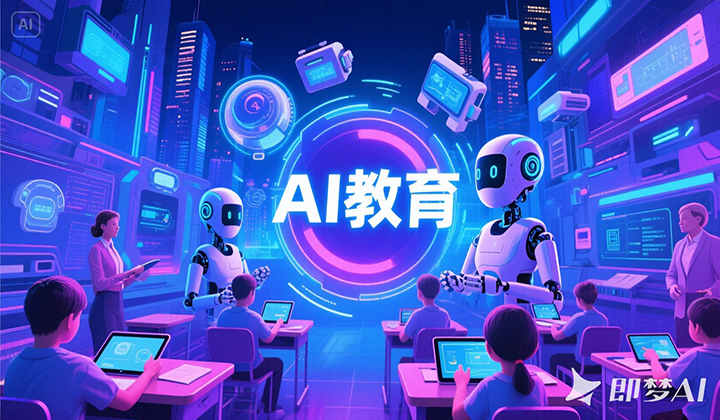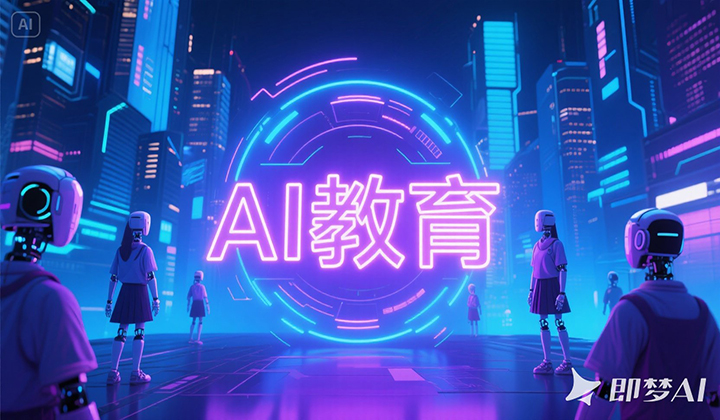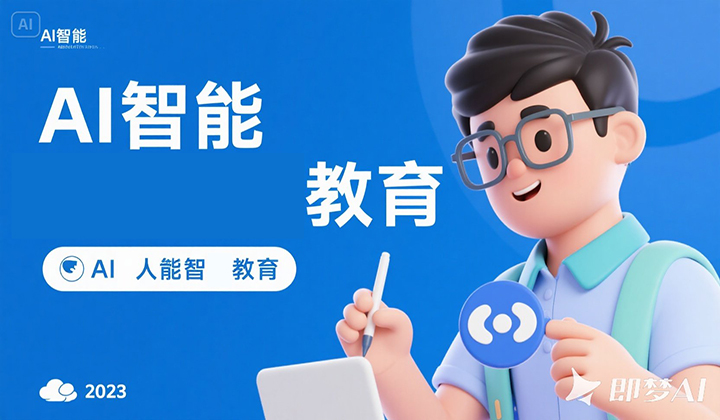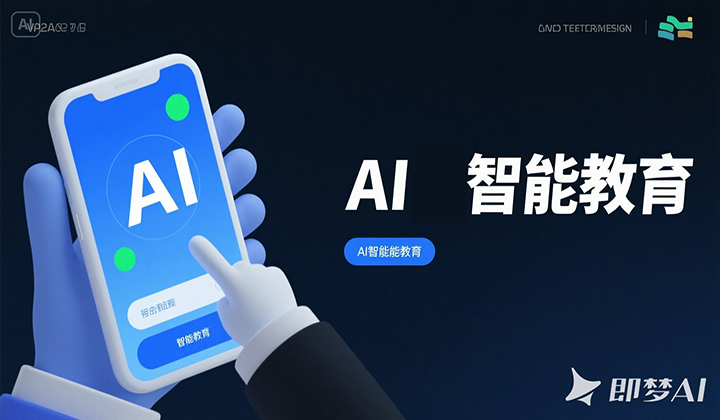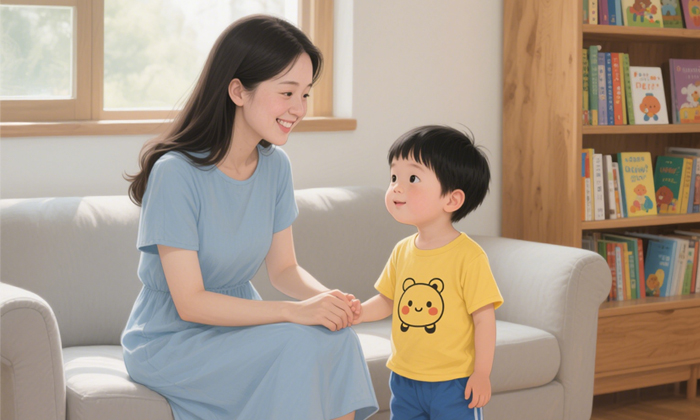AI Enlightenment Education: Guarding the Beacon of Humanity in the Tide of Intelligence
Artificial intelligence is reconstructing the fabric of human civilization at an unprecedented pace. As ChatGPT passes bar exams, MidJourney wins art competitions, and AlphaFold deciphers protein folding, the education sector faces fundamental questions: At the threshold of machine intelligence rivaling human capabilities, what future must we prepare for our children?
Global educational paradigms have shifted decisively. The World Economic Forum’s Future of Jobs Report reveals that by 2025, human and machine working hours will reach parity. OECD research shows teenagers proficient in AI collaboration solve problems 47% faster than peers in traditional systems. These statistics expose a stark truth: AI literacy is no longer optional but a survival skill for digital natives.
The core value of AI education lies not in technological worship but cognitive revolution. When 8-year-olds train image recognition models on Teachable Machine, they master the scientific method of iterative failure. When 12-year-olds visualize pandemic spread patterns with Python, they cultivate data-driven decision-making. MIT Media Lab studies confirm that students trained in AI thinking demonstrate 32% stronger systemic reasoning—the most稀缺cognitive asset for tomorrow’s world.
This transformation demands vigilance against three cognitive traps:
-
Reducing AI literacy to coding, ignoring the fusion of computational thinking and humanistic values—akin to forcing Mozart to study metallurgy to compose symphonies.
-
Imposing adult frameworks on children, like making 5-year-olds memorize convolutional neural network formulas—equivalent to pouring cement on saplings.
-
Succumbing to techno-utopianism, forgetting AI can never teach why sunset hues evoke tears or why a shared eraser embodies warmth.
Parents serve as critical "cognitive bridges." Choosing age-appropriate tools (Scratch for event-driven logic, TensorFlow Playground for machine learning), creating life-based learning (analyzing smart speaker wake-up mechanisms, decoding video recommendation algorithms), and fostering critical thinking (debating AI medical ethics, questioning facial recognition’s privacy costs). As NYU’s Alison Gopnik emphasizes: “The best AI enlightenment turns technical puzzles into cognitive springboards, never letting code drown childhood.”
Educational institutions are undergoing paradigm shifts. Singapore integrates AI ethics into primary moral education, Finland pilots “AI-human co-teaching,” and the Gates Foundation’s “AI Literacy Initiative” has trained 200,000 African teachers. These practices converge on one truth: Future education must harmonize human and artificial intelligence—teachers nurture empathy and values, AI delivers knowledge and analytics, while students remain conductors of this symphony.
At the edge of civilizational evolution, we finally grasp the essence of AI enlightenment: salvaging pearls of humanity from algorithmic oceans. When machines deconstruct quantum physics, craft sonnets, and predict stock markets, education’s ultimate mission grows clearer—to cultivate the uncodifiable: reverence for the unknown, compassion for contradictions, and the radiant humanity that persists in the tension between logic and wonder.







